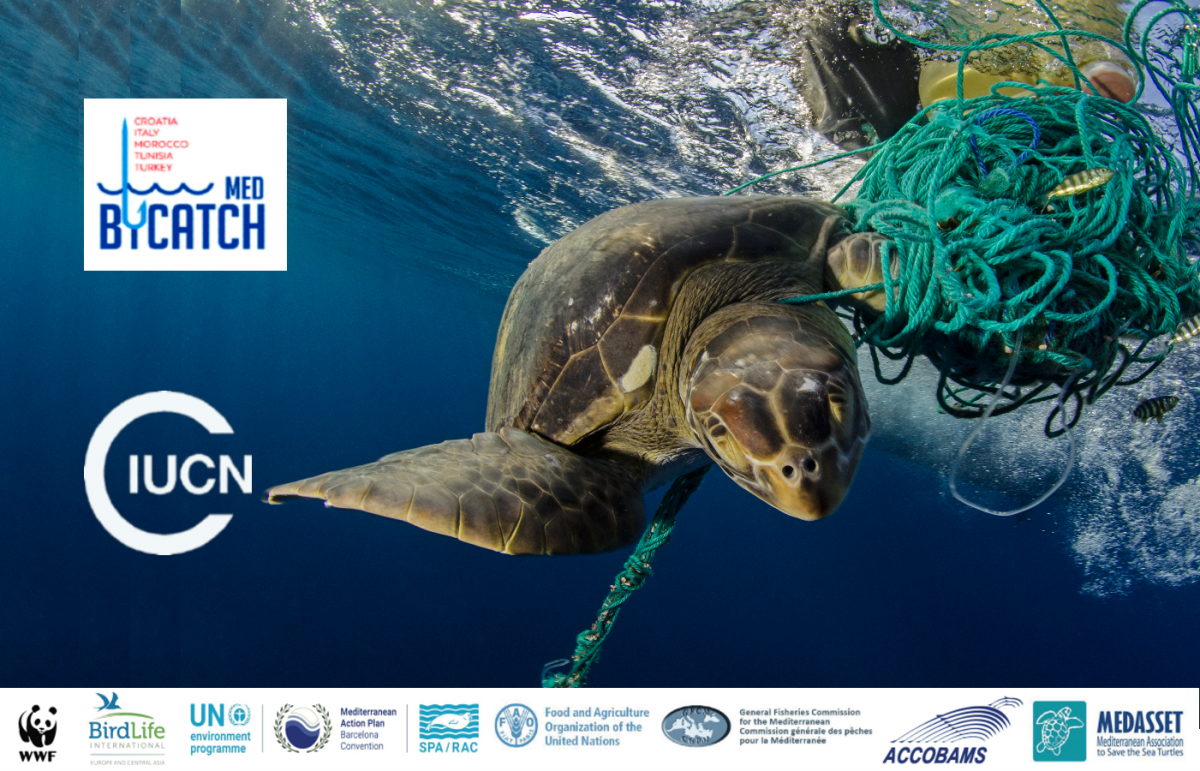EU Nature Restoration Law: A boost for biodiversity and climate
Today the European Commission proposed a new nature restoration law with binding targets on pollinators, wetlands, rivers, forests, marine ecosystems, urban areas and peatlands. The new law aims to bring nature back across the continent for the benefit of biodiversity, climate and people. It can be a gamechanger if fully implemented. It’s now crucial that both the European Parliament and EU Member States endorse the law and move to swift implementation.

River in Gäddede, Sweden
Photo: Jon Flobrant / Unsplash
The proposal adds a new level of legal strength to conservation and restoration efforts across Europe. Previous attempts to increase restoration have failed, both in the EU Biodiversity Strategy to 2020 and the global strategic plan for biodiversity to 2020[1]. The law will also have implications beyond the EU.
‘Today’s Nature Restoration Law has set the scene for the EU to be a leader in the global biodiversity framework negotiations under the Convention on Biological Diversity,’ said Alberto Arroyo Schnell, Head of Policy and Programme at IUCN Europe. ‘The world needs large scale nature restoration to tackle biodiversity loss and reduce the impacts of climate change.’
The overarching objective of the law is to achieve continuous, long term and sustained recovery of biodiverse land and sea areas and increase climate mitigation and adaptation through restoration. Nature-based solutions should be a cornerstone of these efforts going forward and IUCN is ready to provide expertise for all stakeholders with design and implementation of restoration projects[2].
The Commission set an overarching target to restore 20% of EU’s land and sea area by 2030 and all ecosystems in need of restoration by 2050. Within that, 25,000 km of free-flowing rivers are to be restored and a target to reverse the decline of pollinator populations, both by 2030. The agricultural ecosystem restoration targets are also positive: increasing the share of high-diversity landscape features in agricultural land and soil organic carbon, as well as targets to increase the populations of grassland butterflies and farmland birds.
However, the restoration measures for peatland must be clearly defined to ensure effective and long-lasting nature restoration. IUCN hopes that the proposal is not only endorsed but also improved by the European Parliament and Member States to ensure a timely and enforceable legislation. In the midst of unprecedented biodiversity loss, ecosystem restoration cannot wait. .
For further information, contact Edel Shanahan, Policy and Communications Officer, IUCN Europe
References
[1] https://www.eea.europa.eu/publications/state-of-nature-in-the-eu-2020
[2] Successful implementation of nature-based solutions requires scientific basis and proven methodologies. To support implementation, IUCN has developed the global standard for nature-based solutions outlining criteria and indicators.



